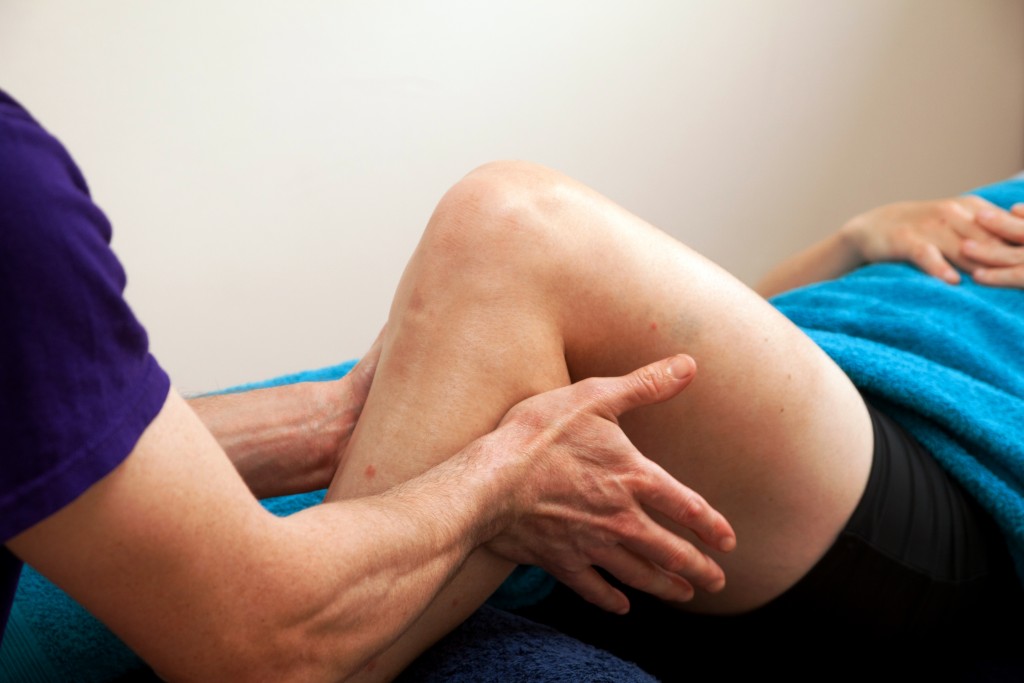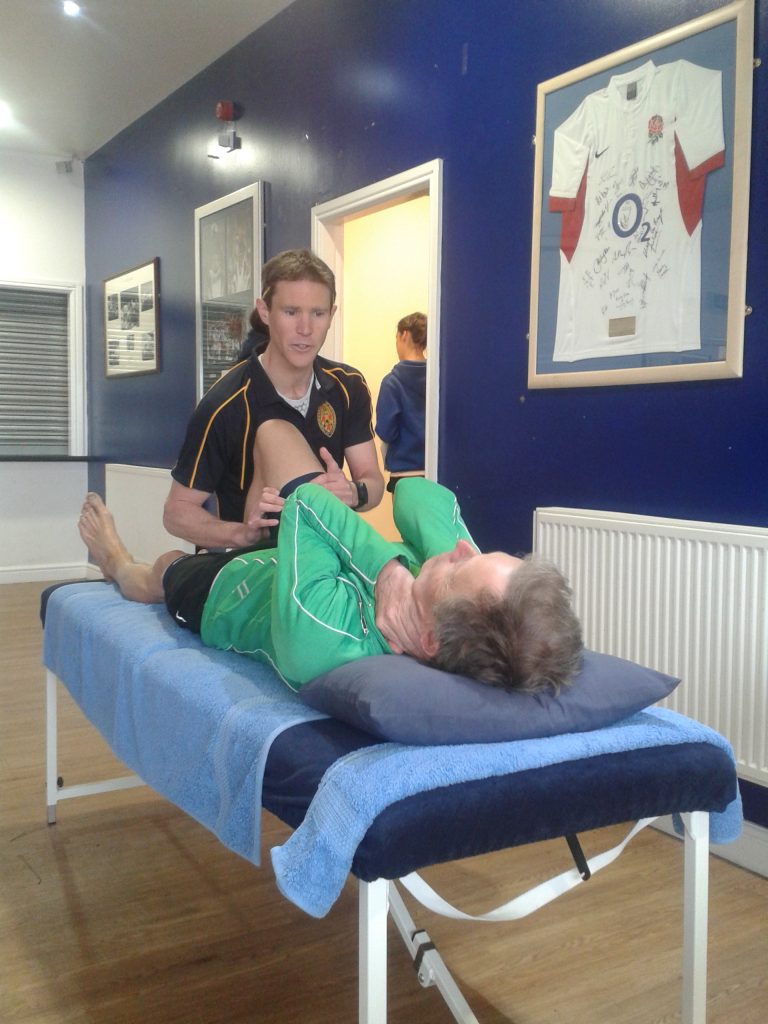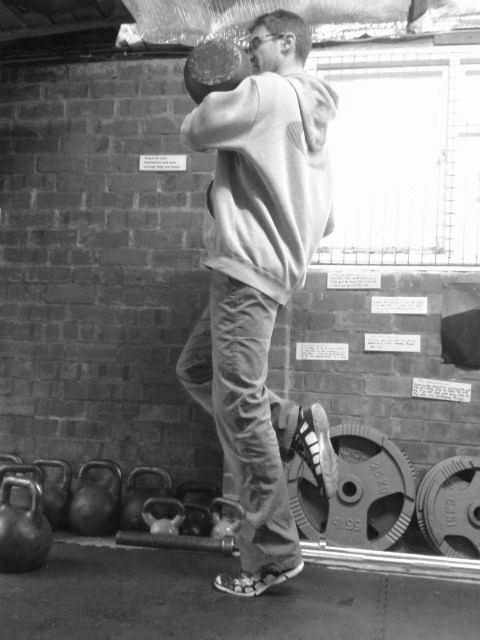It was suggested to me that I do a quick blog about common misconceptions about physio. Now, I don’t profess to be an absolute expert on this, I can only really recount a few experiences of the mismatch between what some people appear to expect from physio and how that differs to the way we work. I have also drawn from previous experience based on my experiences with physios when I was injured – and how I would expect to be treated as a patient now.
What do people expect?

Originally, way back when I did my original training in Sports Massage Therapy I got quite a few clients who arrived with the words “well, the physio just looked at me, gave me some exercises and told me to get on with it” with a further point of “not having been touched during the consultation”. The main complaint seemed to be there was no physical contact during the consultation, so therefore, how could the physio possibly know what was wrong?
This is an interesting problem for physios as we tend to be bound by evidence base, and if evidence base doesn’t recommend massage or bodywork or anything like that, then it tends not to be used. That being said – I would have expected there to be some kind of physical examination. A fairly standard staple of physio is strengthening protocols, enabling people to move with less pain and making them able to move better – that is the realm of the physio. Contrary to popular belief, physios and massage therapists (I really dislike the term “masseur”) are not synonymous with each other.
That was great for me as a newly qualified massage therapist as hands on was pretty much all I did and all I knew. I was happy, my clients were happy because I combined that hands on work with a fairly decent background in body mechanics and a good understanding of injuries and rehabilitation.
Having said that, I’ve now gone through my physio qualifications and have come out the other side, being a fair few years post-qual now, so what is different? What has changed? Have I become the person that just looks at people and hands out exercise sheets?
In a word – No.
First things first, I love to get to know my patients. The story is really important. Physio is certainly not about just looking at the body and working out mechanically what is wrong – it is about hearing the back story and placing what I see before me in context with what has happened. Yes – there is a fair amount of talking – the more information the better – which is why an initial consultation is always for at least an hour – not least because a fairly regular introduction can be “Well, I’ve had this niggle for about 2 years now…” That’s a LONG story. I try to let the patient talk as much as they like without interruption – with a few questions for clarification along the way.

Once that is done we go onto a physical examination to see what is going on – see how movement feels, how various pressures on body tissues feel, what makes things feel different etc.
The story and the talking continues throughout the entire process because details can get missed and re-remembered at times throughout the consultation. Communication is really really important.
From here things can differ depending on the situation.
Sometimes an exercise programme is necessary. We chat about the exercises themselves, the reasoning behind the exercises and the reasoning behind the numbers and the repetition. Sometimes an explanation as to the nature of pain and pain science is necessary – so we talk about how it works and how that is relevant to their problems and how to start overcoming it. Sometimes we work on movement, sometimes we head out to the gym as the weights we have in the treatment room aren’t heavy enough, some people come specifically for a Sports Massage – which is absolutely fine, as long as I know that is what they are coming for.
We tend to finish with a summary of what has been said, and I try to get the patient to tell me what they are going to go home and tell their significant other… it’s a pretty good way of getting to understand their level of understanding as to what has been said. There is a lot of information flying around during a consultation and I don’t want people wandering home having got the wrong end of the stick!

If there are a couple of exercises to do I make sure they know how to do them – either with a video on their phone or a couple of photos, and the exercise plan is written on the whiteboard for them to take a photo of at the end of the consultation.
Everyone leaves with the reassurance that no matter what happens, if they get home and can’t remember what was said, can’t remember the exercises or whatever, they can always drop me a line on email or phone and I’ll see what I can do to jog their memory.
What Not to Expect
Physio is a process. It is something where guidance is given and the patient follows it. We try to follow something which gives the patient an internal locus of control. This means we try to give YOU the thing which will make you better. I’m not interested in seeing the same person over and over and over again in order to make money. I want that person to get better, hence why we give out exercises and ideas to implement at home. They are the tools to get people better.

What I don’t have is a Magic Wand. I don’t have any super powers, people don’t leave here “cured”. That is not what physio is about. (Believe me, if I had a magic wand I’d charge a LOT more). They might leave feeling better, with more control over their problem, with more of an idea as to how they can get better and a tool kit with which they can move forward with. I might see them a few more times in order to progress their exercises, or give them some more ideas.
The idea is to foster confidence, reduce pain and enhance ability – not create dependence.




